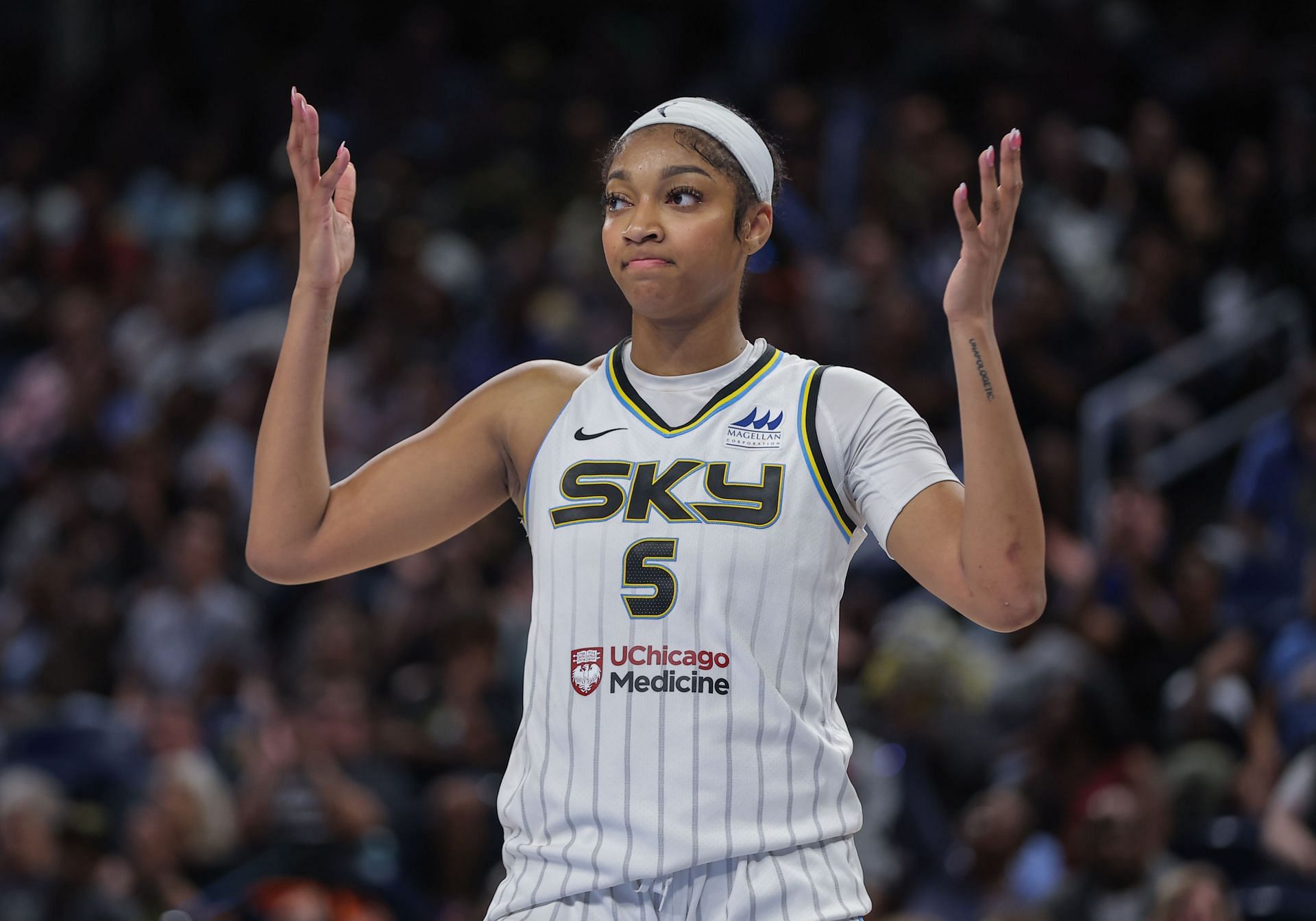An Unprecedented Collapse: How Caitlin Clark’s Injury Proved She’s More Essential to Her Sport Than Tiger or Jordan Ever Were
When respected sports columnist Christine Brennan posed a simple question on social media, it sent a shockwave through the industry: “One player gets injured and more than half the TV audience for the entire league disappears. Has any other athlete ever had that kind of impact on a sport?” In the wake of Caitlin Clark’s latest injury, the staggering, brutal data provides a clear and stunning answer: No. Not Tiger Woods. Not Michael Jordan. No single athlete has ever proven to be as existentially vital to their sport as Caitlin Clark has to the WNBA. Her absence hasn’t just caused a dip in ratings; it has triggered a full-blown, historically unprecedented collapse that is threatening the league’s credibility, its financial future, and its very survival.
The numbers don’t just tell a story; they scream a nightmare. When Caitlin Clark is on the court, the WNBA averages nearly 2 million viewers a game—a figure that rivals prime-time NBA broadcasts. The moment she was sidelined with a groin injury, a predictable consequence of being rushed back from a previous quad strain, the entire league-wide audience was cut in half. Viewership plummeted by more than 55%, from an average of 1.81 million to just 847,000. This wasn’t just an Indiana Fever problem; it was a contagion that infected every team, every market, every nationally televised matchup.

The financial carnage has been just as swift. Ticket prices, the most honest indicator of market demand, fell off a cliff. Fever road games that had been relocated to massive NBA arenas to accommodate her massive draw suddenly had rows of empty seats. Resale ticket prices for some of the season’s most anticipated matchups plunged by more than 70% overnight, from over $800 to under $250. A once-hyped Sky versus Liberty game reportedly drew a crowd of just 200 people. This isn’t a slump; it’s a catastrophic market correction, exposing the terrifying truth that the WNBA’s celebrated growth was not built on a solid foundation, but on the shoulders of a single 22-year-old rookie.
Analysts are quick to point out that even the most dominant athletes in history didn’t carry this kind of weight. When Tiger Woods was absent from golf, ratings certainly dropped, but they didn’t vanish. When Michael Jordan retired, the NBA’s viewership slipped by a few percentage points, not by more than half. The difference is fundamental. Tiger and MJ were titans who elevated already established sports. Caitlin Clark, to the millions of new fans she brought in, is the sport. She is the sole reason they tuned in, and without her, they have no reason to stay.
This mass exodus is not just a casual drifting away of viewers. For many, it’s an active and angry boycott. These new fans—families, kids, college supporters who followed her from Iowa—invested their time and emotion in the WNBA because of Clark. What they saw in return was a league that, in their eyes, failed to protect its most valuable asset. They watched night after night as she was targeted with hard fouls, cheap shots, and a level of physicality that often crossed the line from competitive to dangerous, all while referees swallowed their whistles.

They saw the league and some of its veterans treat their hero not as a transcendent talent lifting everyone up, but as a threat to be neutralized. So, when she inevitably broke down from the relentless targeting, these fans didn’t just shrug and change the channel. They felt betrayed. They walked away, not because they were bored, but because they believed the WNBA didn’t deserve their support. They are punishing the league the only way they know how: with their wallets and their remotes.
The timing of this collapse could not possibly be worse. The WNBA is heading into crucial collective bargaining agreement (CBA) negotiations that will determine player salaries and benefits for years to come. The league’s bargaining power with networks and sponsors hinges entirely on its ability to prove that its product is a growing, viable entertainment property. But how can they make that case when the data proves that half of their audience is tied to the health of one player? The clear message of “No Clark, No Watch” evaporates the league’s leverage, threatening the financial futures of every player on every roster.
This crisis was not just predictable; it was predicted. The WNBA saw this exact same 50% ratings collapse earlier in the season when Clark missed a handful of games with her initial quad issue. They touched the hot stove and got burned, yet they seemed to learn nothing. There were no rule adjustments, no directives to referees to protect their biggest star, just the same tired excuses about the league’s physicality. Now, after allowing her to be rushed back and subsequently reinjured, they are facing the consequences in the most public and humiliating way.
The WNBA wanted to prove it was bigger than one player. Instead, it has proven, in historically dramatic fashion, the exact opposite. Its future, its finances, and its credibility are all tied to the health and well-being of Caitlin Clark. This isn’t just a tough stretch; it’s an existential crisis. And unless the league finally wakes up and implements real measures to shield its generational talent from the constant targeting, they won’t just lose their star for a few games. They will lose their last, best chance to prove they belong.



